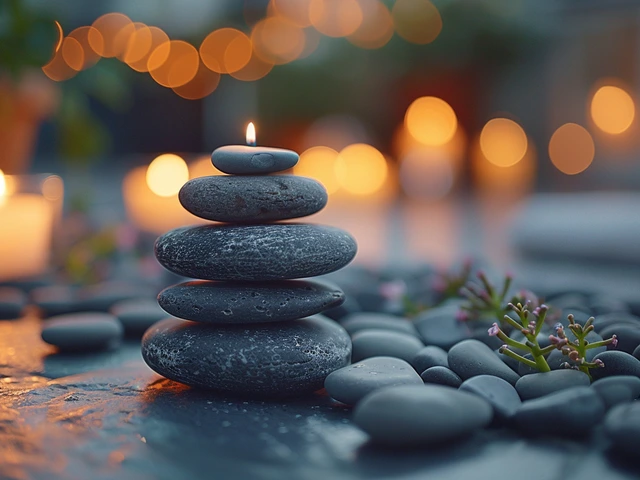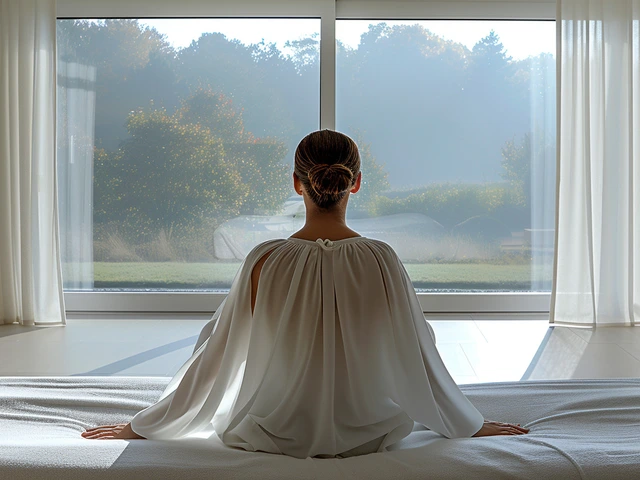Blind Massage: The Soothing Therapy Trend Taking Over Spas and Homes
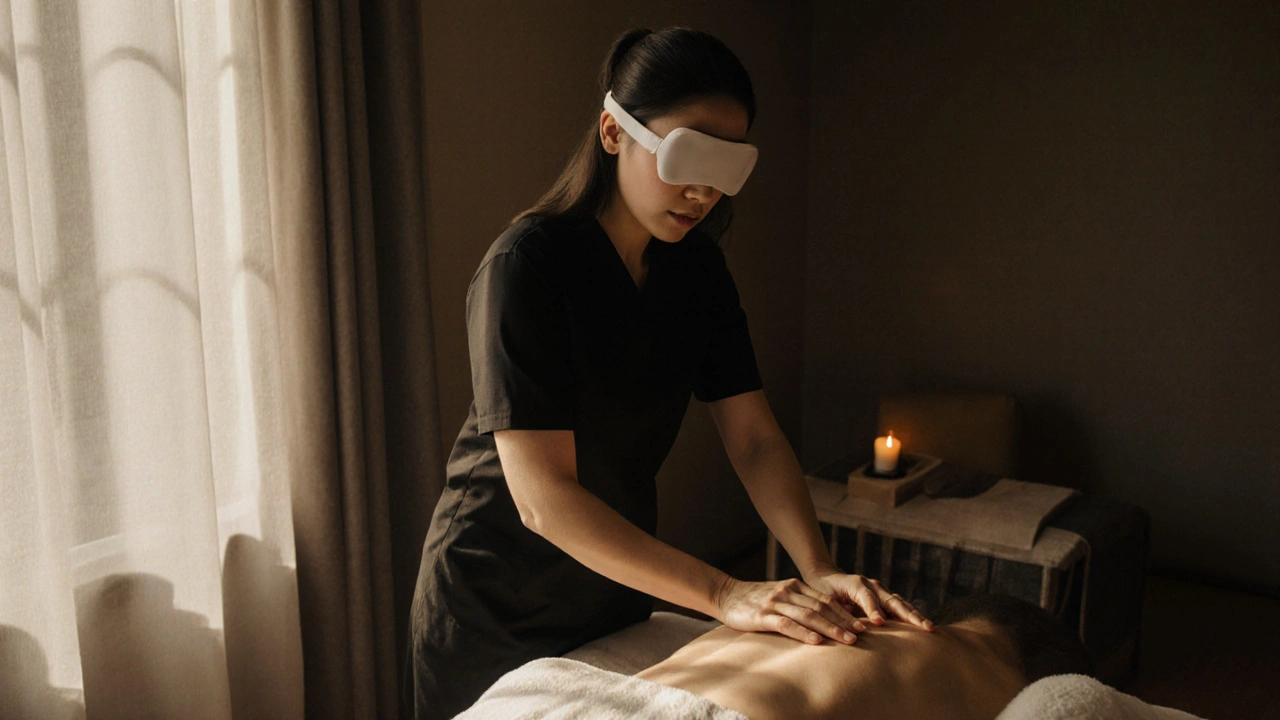
Blind Massage Suitability Calculator
How Blind Massage Can Help You
Based on the article content, blind massage may be particularly beneficial for those with chronic pain, high stress, or a history of unsatisfactory massage experiences. This calculator helps determine if you might benefit from this unique therapeutic approach.
Answer a few questions to see if blind massage may be right for you
Imagine a massage where the therapist doesn’t need to see your back to know exactly where the tension lives. No guesswork. No staring at charts. Just hands, intuition, and years of training that turn touch into a language. That’s blind massage-and it’s not just a niche service anymore. Across Sydney, Tokyo, Berlin, and even small-town spas in the U.S., people are lining up for sessions not because it’s trendy, but because it works-deeply and differently.
What Exactly Is Blind Massage?
Blind massage refers to massage therapy delivered by practitioners who are blind or visually impaired. It’s not a special technique like deep tissue or Swedish-it’s the blind massage therapist’s heightened sense of touch, spatial awareness, and focus that makes the experience unique. These therapists train for years in anatomy, pressure points, and body mechanics, often through specialized schools in countries like China, Japan, and Thailand, where the practice has deep cultural roots.
In China, blind massage clinics have existed for over 600 years. The government even established training programs in the 1950s to give visually impaired people stable careers. Today, those same techniques are being adopted in Western spas, not as a novelty, but as a legitimate form of therapeutic touch. Blind therapists don’t rely on visual cues. They feel the texture of your skin, the heat in your muscles, the subtle shifts in tension with their fingertips. Their hands become their eyes.
Why It Feels Different
If you’ve ever had a massage where the therapist kept glancing at a chart, checking their watch, or adjusting the music mid-session, you know how distracting that can be. Blind massage therapists don’t have that distraction. They’re fully present. Their entire nervous system is tuned to the physical feedback coming from your body.
Studies from the University of California, San Francisco, show that blind individuals have significantly higher tactile acuity than sighted people. Their brains rewire to process touch more intensely-areas normally used for vision get repurposed for sensory input. That means a blind massage therapist can detect a knot in your trapezius muscle you didn’t even know you had. They feel the difference between a muscle that’s tight from stress and one that’s inflamed from overuse.
One client in Melbourne, a 42-year-old office worker with chronic neck pain, said after her first session: “I’ve had ten massages from sighted therapists. This was the first time someone didn’t just push hard-they listened with their hands.”
The Training Behind the Hands
Being blind doesn’t make someone a good massage therapist. It’s the training that does. Most certified blind massage therapists complete 1,000 to 2,000 hours of coursework. They study:
- Human anatomy and physiology
- Acupressure points and meridian systems
- Contraindications and safety protocols
- Pressure modulation using biofeedback
- Client communication and consent
In Japan, the National Association of Blind Massage Therapists requires all practitioners to pass a national licensing exam. In the U.S., blind therapists must meet the same state licensing standards as sighted ones-no exceptions. Many go on to earn certifications in myofascial release, trigger point therapy, and even sports massage.
What’s different is how they learn. Without visual references, they rely on tactile models, verbal descriptions, and hands-on practice. They memorize muscle layers by feeling them on classmates. They learn to identify inflammation by temperature changes. They develop a mental map of the human body that’s more detailed than most textbooks.
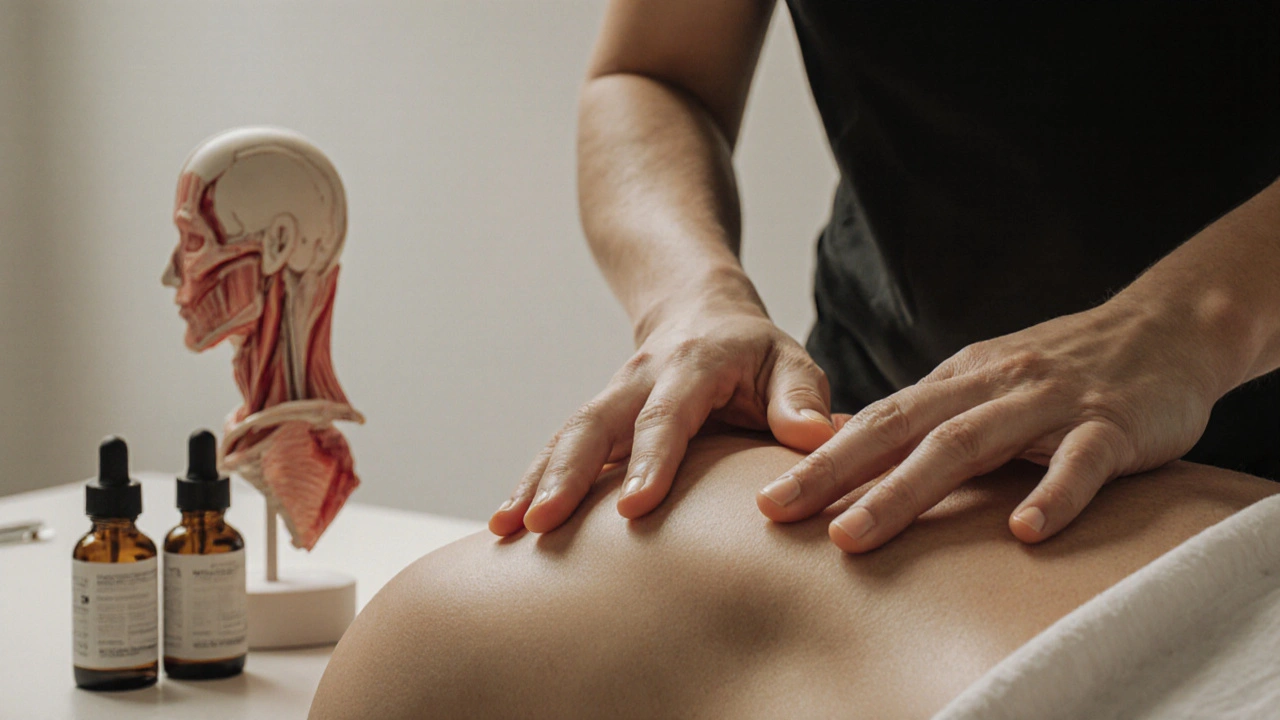
Why It’s Becoming a Trend Now
It’s not just about the therapy. It’s about the experience. In a world where we’re constantly distracted-by screens, notifications, and noise-blind massage offers something rare: total presence.
People are tired of being treated like data points. They want to be felt, not fixed. Blind massage therapists don’t rush. They don’t multitask. They don’t check their phones. They listen with their hands, and that creates a kind of trust you don’t find in many other services.
Spas in Sydney and Melbourne have started marketing blind massage as “sensory healing.” It’s not just a service-it’s a reset. Clients report deeper relaxation, longer-lasting pain relief, and even reduced anxiety after sessions. One study published in the Journal of Complementary Therapies in early 2025 found that participants who received blind massage had a 34% greater drop in cortisol levels compared to those who received standard massage from sighted therapists.
What to Expect in Your First Session
There’s no mystery. No magic. Just a professional, skilled therapist who’s been trained to give you the best possible experience.
When you book a blind massage, here’s what happens:
- You’ll fill out a health intake form-same as any massage clinic.
- The therapist will ask you about your goals: pain relief? relaxation? stress reduction?
- They’ll explain what techniques they’ll use and ask for your feedback on pressure.
- You’ll lie down on the table. The therapist will begin with light touch to gauge your skin’s sensitivity and muscle tone.
- They’ll work slowly, checking in verbally: “Does this feel too firm?” or “Is this area more tender than others?”
- The session ends with gentle strokes to help your body integrate the work.
Most sessions last 60 to 90 minutes. Prices vary by location, but in Australia, you’ll typically pay between $85 and $140-similar to a premium massage from a sighted therapist.
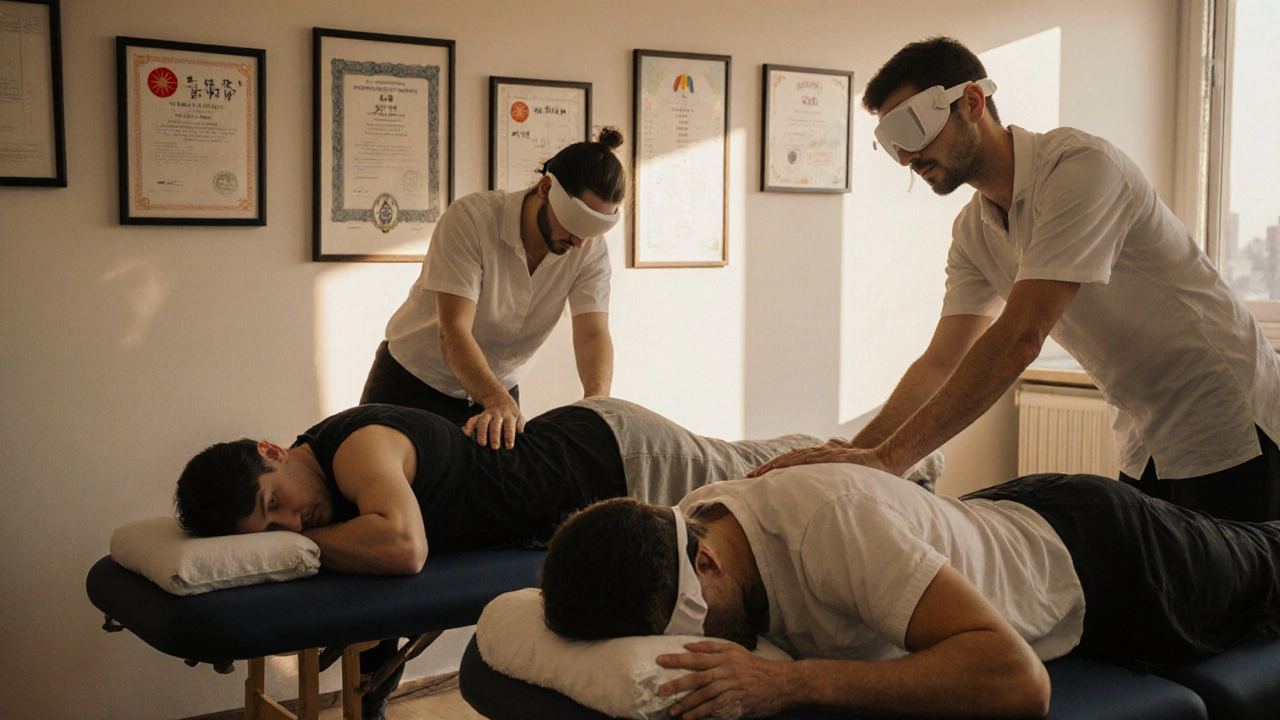
Who Benefits Most?
Blind massage isn’t for everyone-but it’s especially powerful for certain people:
- Chronic pain sufferers (back, neck, shoulder tension)
- People with high stress or anxiety
- Those recovering from injury or surgery
- Anyone who feels disconnected from their body
- People who’ve had disappointing massages before
It’s not a cure. But it’s one of the few therapies that helps you reconnect with your body without drugs, machines, or complicated routines. Just touch. Presence. Attention.
How to Find a Certified Blind Massage Therapist
Not every spa offers this. But it’s getting easier to find.
In Australia, look for clinics affiliated with the Blind Citizens Australia network or the Massage Therapy Association of Australia. Many therapists are listed on their directories. In the U.S., check the Association of Blind Massage Therapists website. In Europe, countries like Germany and the Netherlands have well-established programs.
When booking, ask:
- “Are you certified by a recognized massage therapy board?”
- “Do you have experience with my specific condition?”
- “Can I speak with you before the session to discuss my needs?”
A good blind massage therapist will welcome these questions. They’re professionals-not a gimmick.
The Bigger Picture
Blind massage isn’t just about relaxation. It’s about dignity. It’s about breaking stereotypes. For decades, people with visual impairments were seen as needing help. Today, they’re the ones helping others-through skill, focus, and quiet mastery.
When you lie down for a blind massage, you’re not just getting a better massage. You’re participating in a quiet revolution. One where ability isn’t defined by sight, but by touch. Where healing doesn’t come from what you see-but what you feel.
Is blind massage safe?
Yes, blind massage is completely safe when performed by a licensed and trained therapist. Blind massage therapists undergo the same certification and safety training as sighted therapists, including knowledge of contraindications like blood clots, recent injuries, or infections. They follow strict hygiene protocols and always ask for client feedback on pressure and comfort.
Do blind massage therapists use oils or lotions?
Yes, most use the same oils, lotions, or creams as sighted therapists-depending on the technique. Some prefer unscented products to avoid overwhelming the client’s senses, while others use aromatherapy oils if requested. The choice is always based on client preference, not the therapist’s vision.
Can blind massage help with migraines?
Many clients with tension-related migraines report significant relief after blind massage. The therapist’s ability to detect subtle muscle tightness in the neck, jaw, and scalp-areas often overlooked-can reduce the frequency and intensity of headaches. While it’s not a cure, it’s a proven complementary approach, especially when combined with hydration and sleep hygiene.
How is blind massage different from reflexology?
Reflexology focuses on pressure points in the feet and hands, claiming to affect distant organs. Blind massage is full-body and based on anatomical muscle and fascia work. It doesn’t rely on energy channels or unproven theories. It’s grounded in physical therapy principles, just delivered with heightened tactile sensitivity.
Are blind massage therapists more expensive?
No. In most places, pricing is the same as for sighted therapists with similar experience. Some spas even offer blind massage at a lower rate to make it more accessible. The cost reflects training, time, and expertise-not the therapist’s vision.
Can I request a blind massage therapist if I’m sighted?
Absolutely. You don’t need to be blind to benefit from a blind massage therapist. In fact, most clients are sighted. The therapy is chosen for its effectiveness, not the therapist’s visual ability. Many clients specifically request blind therapists because of the deep focus and presence they bring to the session.



